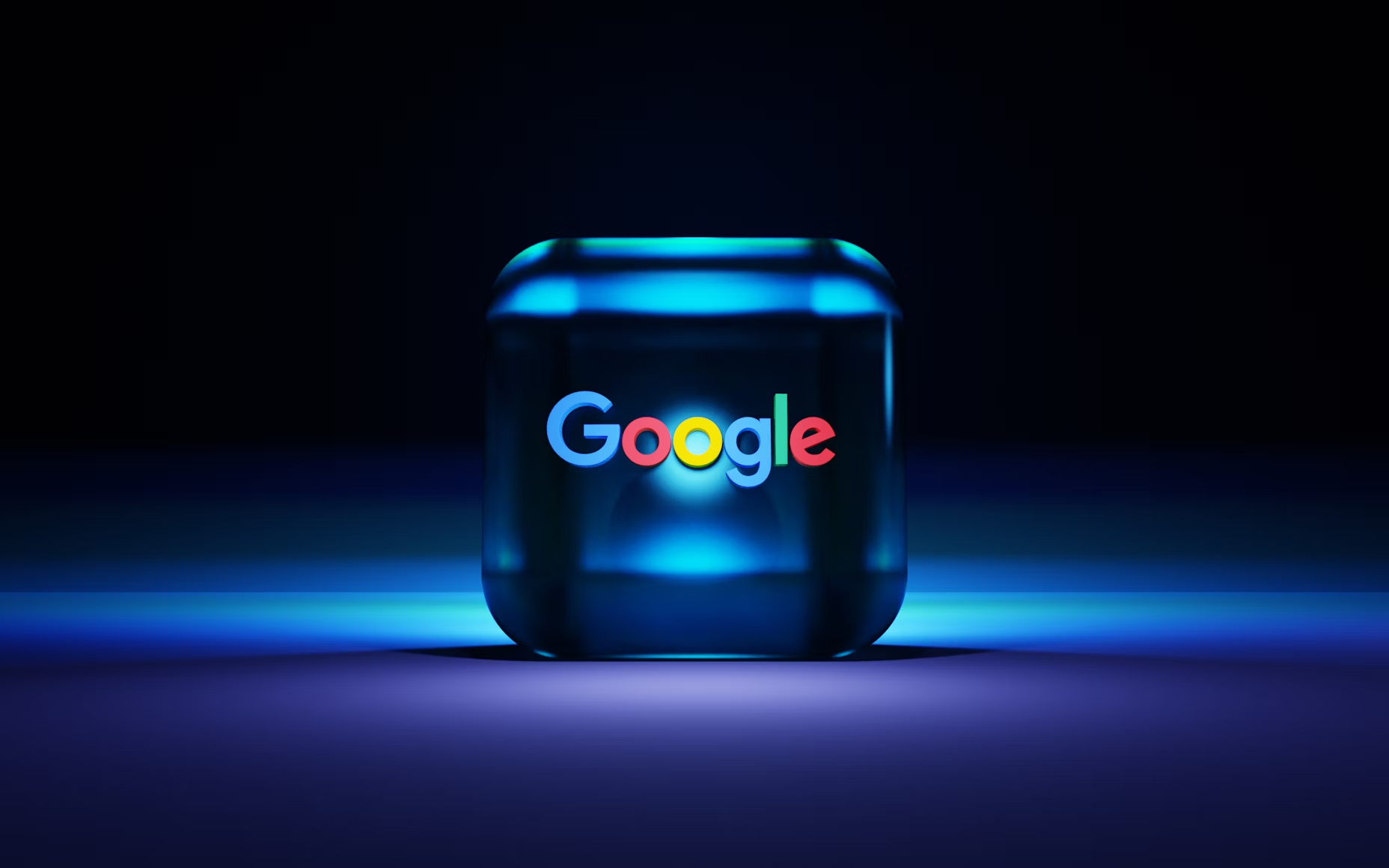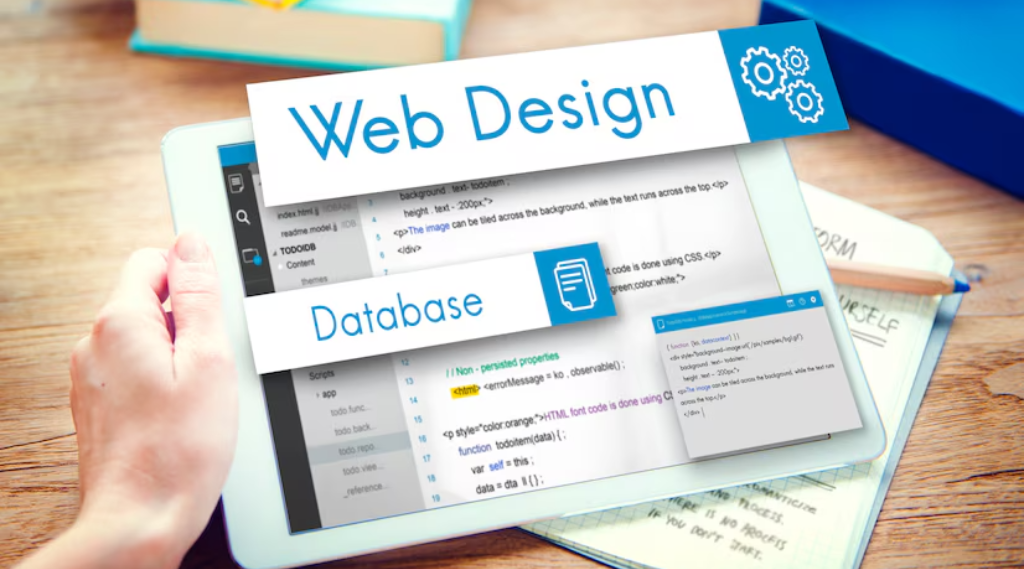Commerce is growing quickly, and to keep up, you need to innovate and stay updated with the latest trends. A website is a digital space where people can shop, find information, and book services for their needs. With billions of internet users, the potential is huge. Start by improving your website to get on the right track.
A well-designed website enhances user experience and builds trust with your audience. It also boosts your search engine rankings, making it easier for potential customers to find you. Investing in your website is investing in the future success of your business.
Read more on: Must-Follow Web Design Tips & Mistakes to Dodge for Impact
How can you make a website user-friendly and use it to grow your business?

A well-designed website offers several advantages:
– Compelling content
– Fast load speed
– Mobile-friendly design
– Clear wireframe
– Functional CTAs
– Easy navigation
– Supporting media files
– Multiple regional language options
– Address and contact information
– HTTPS encryption or SSL
– Sitemap
– Effective use of white space
Why should you focus on these points? Starting in May, Google plans to penalize websites with poor user experiences by pushing them to the bottom of the SERPs. Here’s what you need to know. Exploring UX/UI design in Web Development…
How does the Google algorithm influence website redesign?

1. Search Rankings:
Google’s algorithm decides how websites appear in search results based on various factors. When you redesign your website to improve elements like user experience, page load speed, and mobile responsiveness, it can positively impact your search rankings. For instance, if your new design makes your site faster and more user-friendly, Google might rank it higher because it provides a better experience for users.
2. User Experience:
Google’s algorithm rewards websites that offer a good user experience. This includes having an intuitive layout, easy navigation, and a design that works well on both desktop and mobile devices. If your redesign focuses on making it easier for visitors to find what they’re looking for and interact with your content, Google is likely to view your site more favorably.
3. Content Quality:
Google values content that is relevant, engaging, and well-structured. During a redesign, you have the chance to reorganize your content so that it’s easier for users to read and understand. High-quality content that answers users’ questions and provides value can help improve your search rankings, as Google prioritizes sites that deliver useful information.
4. Technical SEO:
Technical aspects of SEO include elements like secure HTTPS encryption, a clear sitemap for search engines to index your pages, and proper use of title tags and meta descriptions. A redesign gives you the opportunity to update and optimize these technical elements, which can help Google crawl and index your site more effectively, leading to better search visibility.
5. Page Load Speed:
Google considers how quickly a page loads when determining search rankings. A redesign allows you to optimize images, reduce code bloat, and improve server response times to make your site load faster. Faster-loading pages improve user satisfaction and can help your site rank higher in search results.
By addressing these areas during a redesign, you can enhance both the functionality of your site and its performance in search engines, making it more effective for both users and search engines.
What makes a website redesign essential?

1. Improving User Experience
Redesigning a website can make it easier to navigate and more visually appealing. This results in a more pleasant experience for users, which can increase the amount of time they spend on the site and their overall satisfaction. Higher engagement often leads to better customer retention and more positive interactions.
2. Staying Current with Technology
Technology and design trends evolve rapidly. By updating your website, you ensure that it utilizes the latest technology, which can improve functionality and user experience. For example, it helps in maintaining compatibility with new browsers, devices, and operating systems.
3. Enhancing Performance
A website redesign can address performance issues such as slow load times or broken functionalities. This can make the site faster and more efficient, which not only improves user experience but can also positively affect your site’s ranking on search engines, as speed is a factor in search engine algorithms.
4. Reflecting Brand Changes
If your business undergoes rebranding or introduces new products and services, a website redesign helps reflect these changes. This ensures that the website accurately represents your current brand identity and offerings, maintaining consistency across all marketing channels.
5. Increasing Conversions
The design of your website can influence user behavior. By redesigning it to highlight call-to-action buttons and streamline the user journey, you make it easier for visitors to take desired actions, such as making a purchase or contacting you, which can lead to higher conversion rates.
6. Addressing Security Issues
As cyber threats become more sophisticated, keeping your website secure is crucial. A redesign allows you to integrate the latest security features, such as updated encryption protocols and protection against malware, which helps safeguard your site and its users from potential attacks.
7. Better Analytics Integration
Modern website designs can offer enhanced integration with analytics tools. This means you can gather more precise data about user behavior, such as which pages they visit and how they interact with your site, enabling you to make more informed decisions about improvements and strategies.
8. Enhanced Accessibility
Updating your website can improve its accessibility for users with disabilities. This might include adding features such as screen reader compatibility, keyboard navigation, and color contrast adjustments, making your site more inclusive and compliant with accessibility standards.
9. Improved Content Management
A redesigned website often comes with a more user-friendly content management system (CMS). This makes it easier for you or your team to update and manage content, which can save time and reduce the need for technical expertise.
10. Mobile Optimization
With a growing number of users accessing websites on mobile devices, it’s crucial that your site is optimized for smartphones and tablets. A redesign ensures that your site is responsive, meaning it adjusts to fit different screen sizes and provides a seamless experience on all devices.
11. Streamlined Navigation
An improved navigation structure helps users find information quickly and efficiently. This might involve reorganizing menus, simplifying categories, or adding search functionality, which can make the site more intuitive and reduce frustration for visitors.
12. SEO Benefits
Search engine optimization (SEO) is essential for visibility in search engine results. A website redesign can incorporate the latest SEO best practices, such as optimizing meta tags, improving site structure, and enhancing page speed, which can improve your ranking on search engines and drive more organic traffic.
13. Increased Credibility
A modern and professional-looking website can enhance your brand’s credibility. Visitors are more likely to trust and engage with a business that has a well-designed and up-to-date website, which can positively impact their perception of your brand.

14. Competitive Edge
An updated website can give you a competitive advantage by showcasing your business as current and innovative. A fresh design can attract more visitors and stand out from competitors who may not have updated their sites in a while.
15. Integration with Social Media
A redesigned website can better incorporate social media features, such as sharing buttons, feeds, or integration with social media profiles. This encourages users to engage with your content and share it across their own social networks, potentially increasing your reach and visibility.
16. Scalability
As your business grows, your website needs to adapt to new demands. A redesign can make your site more scalable, allowing it to handle increased traffic, add new features, or integrate with other systems as your business evolves.
17. Better User Feedback Implementation
User feedback is valuable for improving your site. A redesign offers an opportunity to address user concerns and incorporate their suggestions, resulting in a website that better meets their needs and preferences.
18. Enhanced Visual Storytelling
Modern design techniques can help you tell your brand’s story more effectively through visuals. This might include high-quality images, videos, and design elements that create a compelling narrative, engaging users on a deeper emotional level and reinforcing your brand message.





